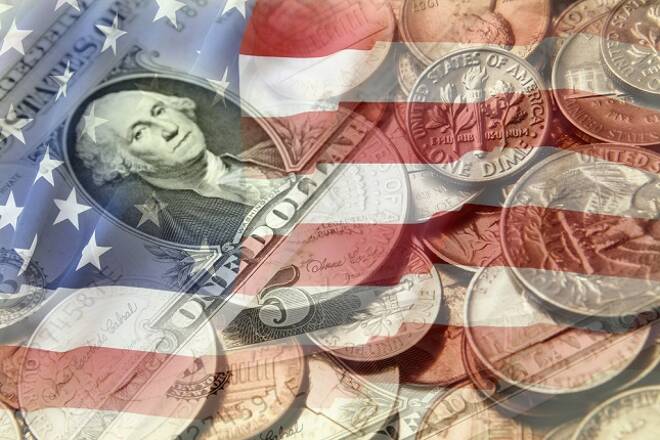Advertisement
Advertisement
Weak Producer Prices Confirms Fed Will Pause Tightening Cycle
By:
Given the slew of weakening inflation data, the Fed is likely to remain patient about raising interest rates this year. In its last monetary policy statement, it forecast two rate hikes this year, but since then several policymakers have said they would be cautious about tightening monetary policy. Currently, the financial markets are forecasting zero rate hikes for 2019.
U.S. producer prices fell by the most in more than two years in December supporting the reluctance from a few members of the Federal Open Market Committee who thought the lack of inflationary pressures argued against another increase.
The minutes released last week also noted that the low-inflationary backdrop means the Fed can “afford to be patient about further policy firming.” This, combined with the new PPI data supports the notion that the Fed will take a pause in its policy tightening cycle.
Producer Prices Post First Decline in Nearly Two Years
Producer inflation fell last month amid declines in the costs of energy products and trade services. The Labor Department said on Tuesday its producer price index for final demand dropped 0.2 percent last month after edging up 0.1 percent in November. That was the first decline since February 2017 and the largest decrease since August 2016. In the 12 months through December, the PPI increased 2.5 percent, matching November’s gain. Economists were looking for the PPI to dip 0.1 percent in December and gain 2.5 percent on a year-on-year basis.
Core PPI, which excludes food, energy and trade services was unchanged last month. It increased 0.3 percent in November. In the 12 months through December, the core PPI increased 2.8 percent following a similar rise in November.
Consumer Prices Weaken
Last week, Labor Department data showed the U.S. Consumer Price Index fell 0.1 percent in December, the first drop in nine months, amid cheaper gasoline, airline fares, used trucks and motor vehicles as well as motor vehicle insurance.
Fed’s Preferred Inflation Measure Below Target
The Fed’s preferred inflation measure, the personal consumption expenditures (PCE) price index excluding food and energy is hovering just below the U.S. central bank’s 2 percent target. The core PCE price index increased 1.9 percent on a year-on-year basis in November after rising 1.8 percent in October. It hit 2 percent in March for the first time since April 2012.
U.S. Dollar Less Desirable Asset, Increased Demand for Risky Assets
Given the slew of weakening inflation data, the Fed is likely to remain patient about raising interest rates this year. In its last monetary policy statement, it forecast two rate hikes this year, but since then several policymakers have said they would be cautious about tightening monetary policy. Currently, the financial markets are forecasting zero rate hikes for 2019. This should hold Treasury yields steady to lower, which would make the U.S. Dollar a less-desirable asset while supporting demand for higher-risk assets.
About the Author
James Hyerczykauthor
James Hyerczyk is a U.S. based seasoned technical analyst and educator with over 40 years of experience in market analysis and trading, specializing in chart patterns and price movement. He is the author of two books on technical analysis and has a background in both futures and stock markets.
Advertisement
